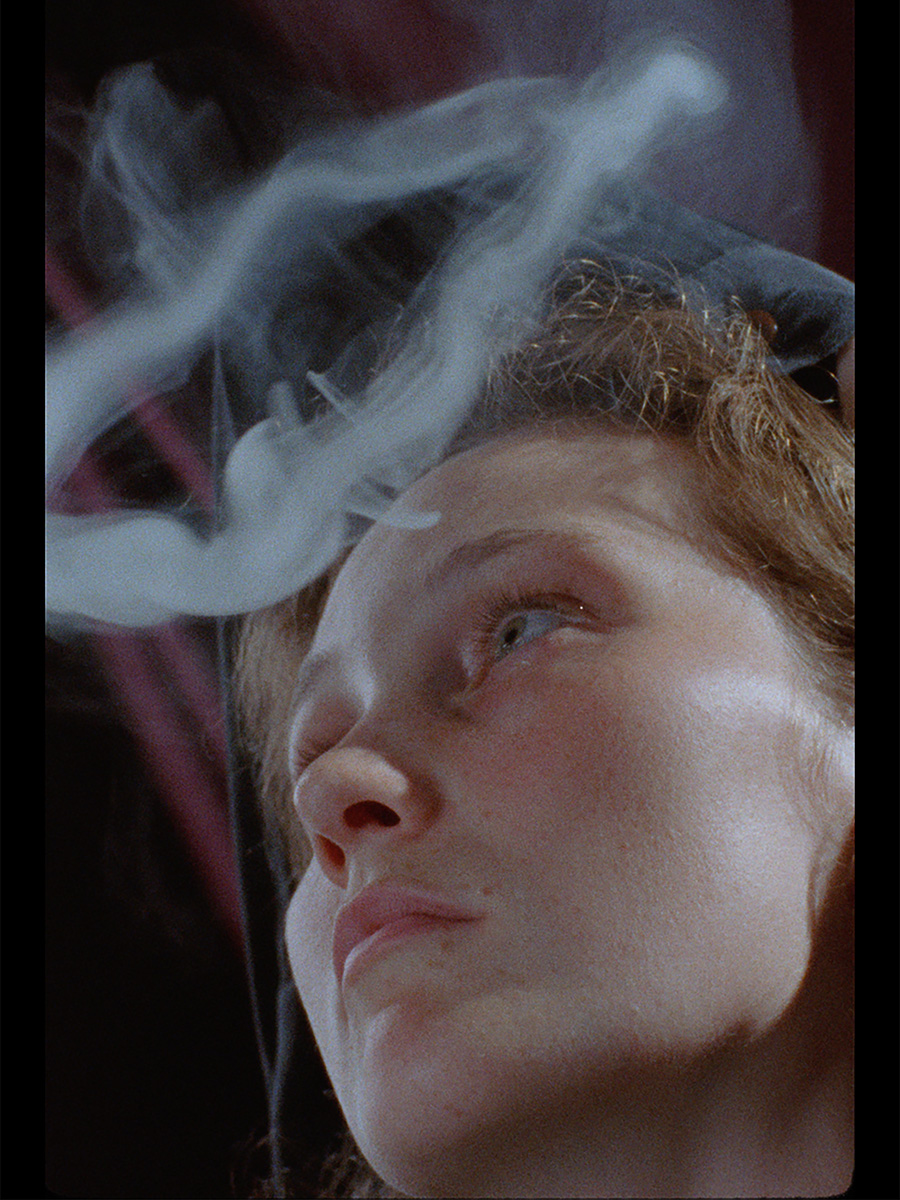Anna Franceschini’s Animation of Architect Carlo Mollino’s Erotic Archive
At Almanac Projects, London, the artist sheds new light on the way women are turned into objects
At Almanac Projects, London, the artist sheds new light on the way women are turned into objects

Carlo Mollino’s baroque furnishings are soft-core cult objects. The Italian architect and designer, who furnished seven apartments in Turin – two for himself, others for friends and clients – had a secret fetish. After his death in 1973, friends discovered a shoebox containing 2,000 erotic Polaroids. They provoked me the first time I visited his secret flat, Casa Mollino, some years ago: I hated them. In the 1950s, Mollino cruised the streets in a rented limo, so the story goes, looking for models. The women he picked up – perhaps sex workers – were offered large fees to perform for his camera. In the photographs, women in high socks suck on bananas or kneel on his satin sofas or straddle his narrow, slitted chairs. In one memorable image, the initials ‘CM’ are imprinted on a woman’s bare butt.
‘Cartaburro’, an exhibition by Italian artist Anna Franceschini supported by the Italian Council, comprises three video-sculptures made in response to Mollino’s archive at the Politecnico di Torino. Having spent a year researching the architect’s papers – including sketches, blueprints, photographs, manuscripts, collages and Polaroids – Franceschini set her camera to the task of reanimating his id. Devalle (2018), named after an apartment Mollino furnished in the 1930s, restages a photograph of the interior, this time with mannequin body parts. Hands and necks, used to display jewellery in shop windows, appear and disappear with the gradual change of lighting. There is a gleam to the moulded plastic, which looks so shiny it might be coated in lube. Mollino had a fetish for glossy surfaces, choosing to sketch his designs on cartaburro (greaseproof paper) because it gave his ink more shine.

The nearby sculpture Arabesco (2018) is named after a table designed by Mollino in 1949 and still in production. Instead of legs, a wave of wood supports a glass panel. Like many of Mollino’s fabrications, the structure echoes an idealized female body in repose: back arched, knees up. In Franceschini’s version, a screen replaces the glass. On it, a woman in a purple boudoir blows smoke rings from a vape – a wry comment on the way Mollino turned women into objects. When anonymous hands place an original Arabesco table over the model, it fits like a glove. The human-table stares back, haughtily. Vapour spasms as it hits the glass. Is this in defiance of Mollino’s masturbatory gaze? Or is arrogance just another turn-on?
Across the room, a screen hangs from a sinuous metal runner installed on the gallery ceiling, a copy of the mounting Mollino used to move light fixtures around a room. It looks like a meat hook. On the screen, empty dresses rise from the floor of an apartment, pulled by an invisible wire; a leotard stretches over a velvet chaise and the camera bawdily moves up skirts that twist off a chandelier. As the title suggests, Polaroids (2018) evokes the room in which Mollino staged his snapshots, equipped with props. But the erotic protagonists – Mollino’s women – are removed. To the back of the screen, Franceschini has pinned an aluminium torso, a copy of a mirror Mollino designed in 1937 after the Venus de Milo. Here, then, is the missing body – an idealized silhouette, held in place by a silver bolt.

During the 1980s, the Polaroids started to threaten Mollino’s legacy – but they were soon assimilated into the opus of a Playboy polymath, a man who raced cars, flew aeroplanes, designed gloves, shoes, cutlery, and a building in the shape of a bodice. Pornography became just another feather in his bow. Several questions loom over Franceschini’s animation of the archive. As women, as feminists, how to engage with a figure like Mollino – an architect, designer, fetishist and anti-fascist, who was also a pathological voyeur? Do we dismiss, celebrate, or smash his oeuvre – is it possible to do all at once? There’s sympathy in Franceschini’s gaze and the videos are flirtatious, rather than disapproving. Often, they feel like homages to Mollino: they don’t deconstruct his gaze, so much as enter it.
Anna Franceschini, ‘Cartaburro’ runs at Almanac Projects, London, until 26 February 2019.
Main image: Anna Franceschini, Cartaburro (Devalle), 2018, video still. Courtesy: the artist and Almanac Projects, London
























